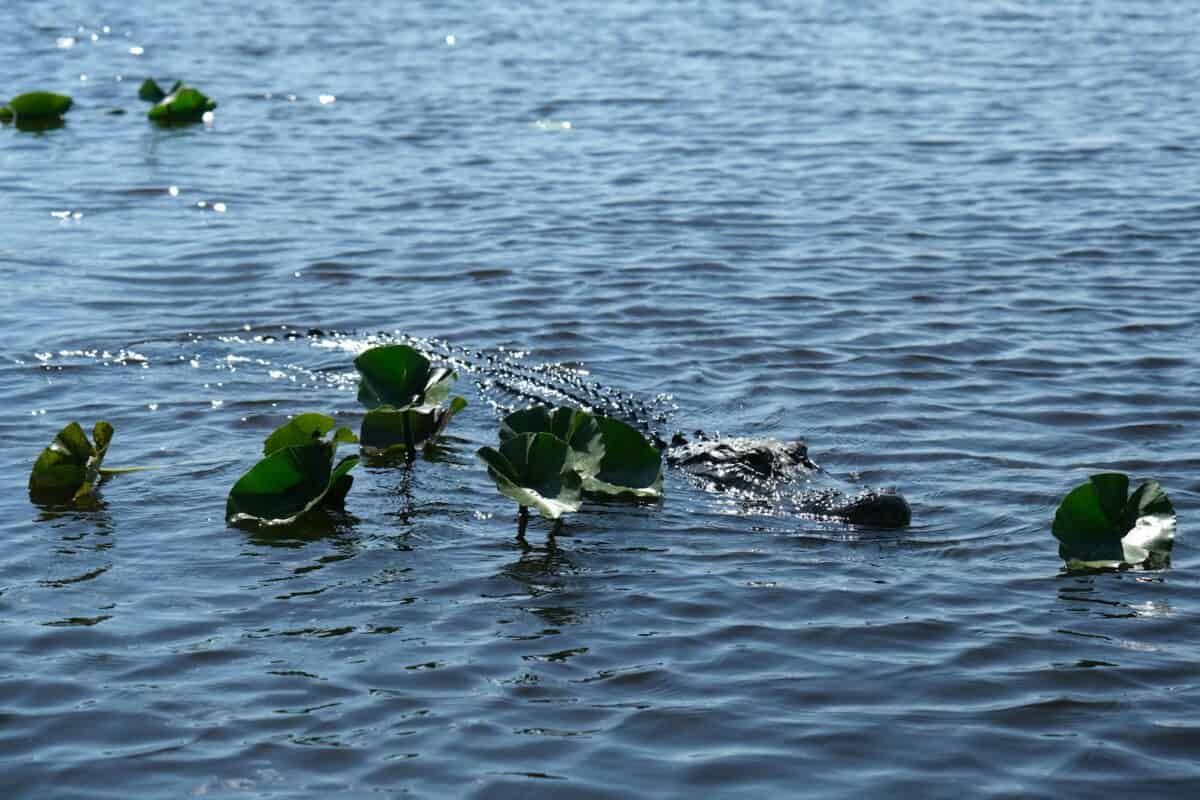Florida’s lush swamplands, tropical climate, and dense urban areas have created the perfect storm for an unprecedented invasion. The Sunshine State has become ground zero for non-native reptiles that are dramatically reshaping ecosystems and challenging wildlife managers. From massive pythons swallowing alligators to colorful lizards scurrying across suburban walls, Florida’s reptile invasion represents one of the most significant biological events in North American ecology. This comprehensive article explores why Florida has become uniquely vulnerable to reptile invasions, the species causing the most concern, and what’s being done to address this escalating environmental crisis.
The Perfect Storm: Florida’s Ideal Climate for Reptiles
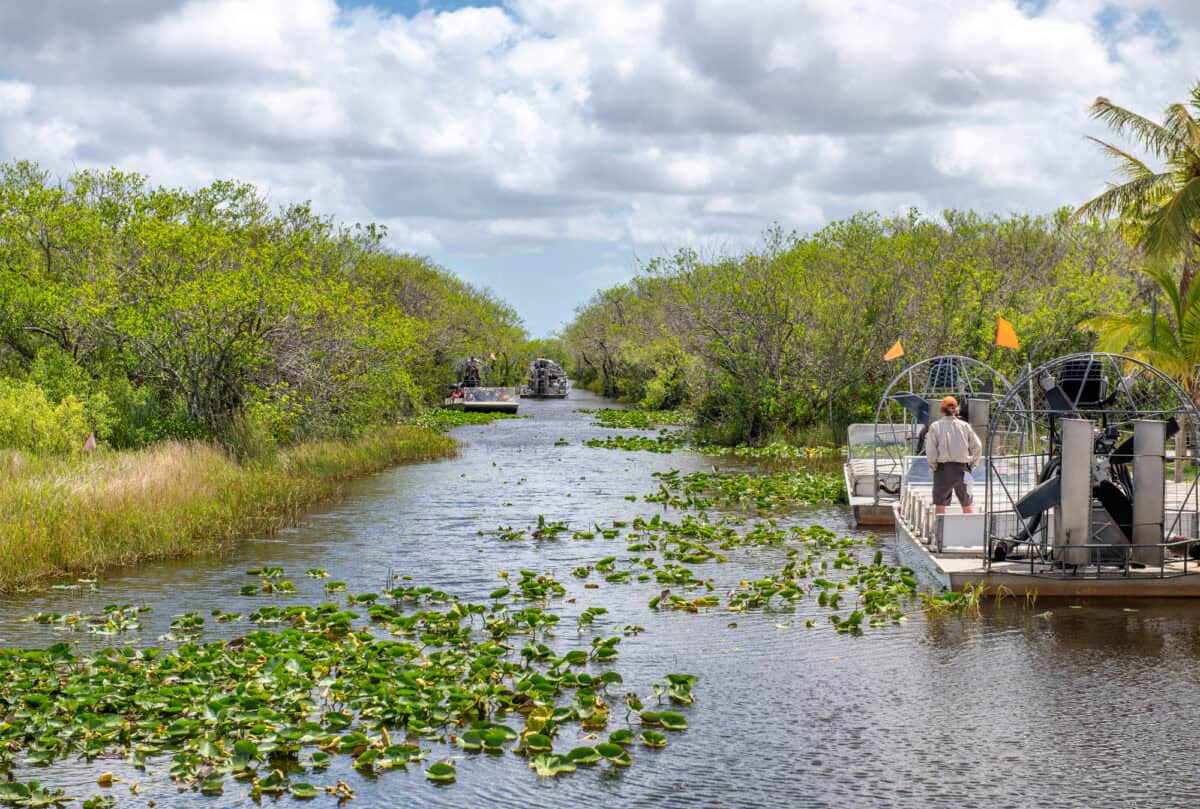
Florida’s subtropical to tropical climate creates ideal conditions for reptiles from similar regions worldwide. With average temperatures ranging from 65°F to 82°F (18°C to 28°C) throughout the year and abundant rainfall (around 54 inches annually), the state provides a year-round growing season with minimal cold stress. This environment closely mimics the natural habitats of many tropical reptiles, particularly those from Southeast Asia, Africa, and South America. Unlike other states where harsh winters naturally control invasive populations, Florida rarely experiences freezing temperatures in its southern regions, allowing tropical reptiles to thrive without the seasonal die-offs that would occur elsewhere. Climate models suggest this advantage for invasive species will only increase as global temperatures rise, potentially expanding suitable habitat further northward within the state and beyond.
The Exotic Pet Trade: Gateway to Invasion
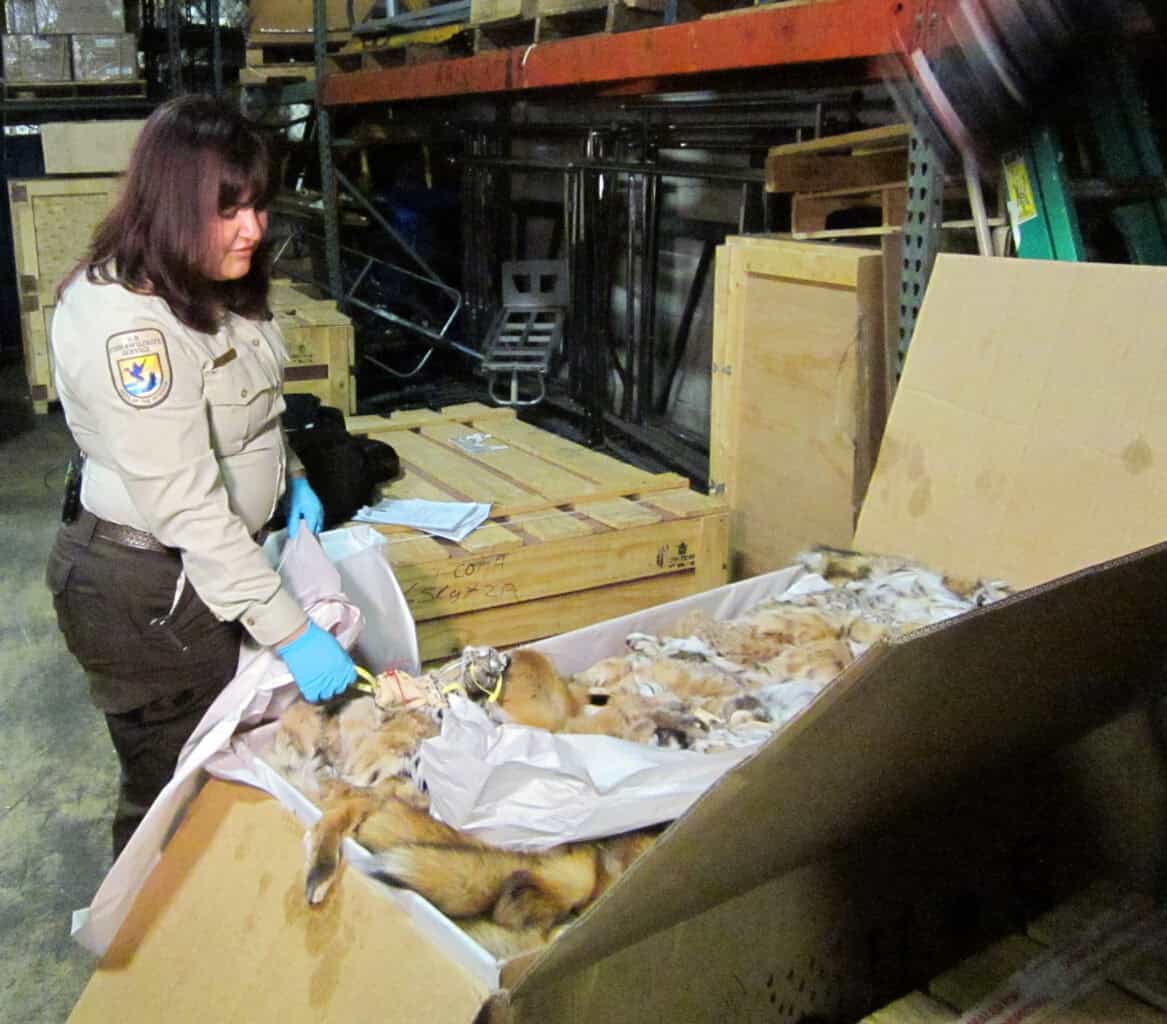
Florida has long been the epicenter of the U.S. exotic reptile trade, with a disproportionate concentration of importers, breeders, dealers, and enthusiasts. Miami, in particular, serves as a major port of entry for the legal wildlife trade, facilitating the import of millions of animals annually. The state’s relaxed regulatory environment historically allowed almost unrestricted ownership of exotic species, creating a booming industry. When these animals grow too large, become too aggressive, or owners simply lose interest, many are intentionally released into the wild. One telling statistic: a University of Florida study found that 84% of the state’s invasive reptiles and amphibians originated from the pet trade. Major reptile expositions like the Florida International Reptile Expo in Tampa draw thousands of attendees and hundreds of vendors, illustrating the massive scale of this industry. This pipeline of constant introductions provides multiple opportunities for species to establish, with those that fail being quickly replaced by new releases.
Burmese Pythons: The Poster Child of Florida’s Invasion
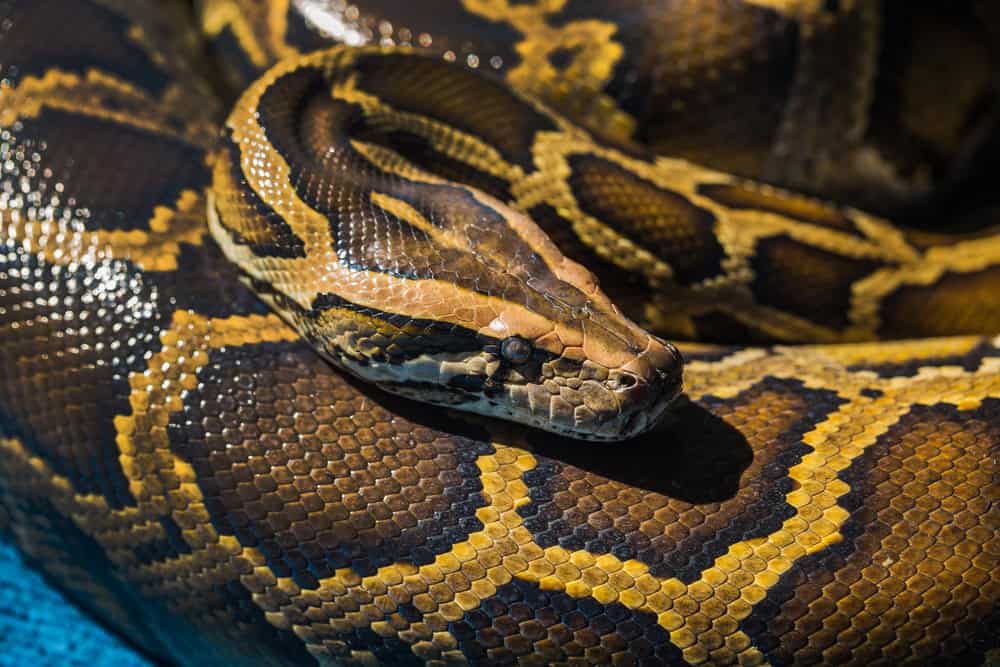
The Burmese python (Python bivittatus) has become the most infamous of Florida’s invasive reptiles, with an established breeding population estimated at tens of thousands in the Everglades. Growing up to 20 feet long and weighing over 200 pounds, these massive constrictors have dramatically altered the ecology of South Florida since their establishment in the 1980s. Research from the U.S. Geological Survey documents population declines of 88-99% for small and medium-sized mammals in python-infested areas. Their impact is so profound that raccoons, opossums, and rabbits—once common throughout the Everglades—have virtually disappeared from some regions. The pythons’ success stems from their remarkable adaptability, with females capable of laying 50-100 eggs annually and demonstrating surprising cold tolerance. Their cryptic coloration and aquatic abilities make detection extremely difficult in the vast wetland wilderness. Management efforts, including organized python hunts, have removed over 17,000 pythons since 2000, yet their population continues to expand, highlighting the immense challenge of controlling this apex predator once established.
Green Iguanas: Urban Invaders Reshaping Landscapes

While pythons dominate natural areas, green iguanas (Iguana iguana) have become ubiquitous in Florida’s urban and suburban environments. First reported in the wild in the 1960s, their population has exploded, with some estimates suggesting millions now inhabit the southern half of the state. These herbivores cause extensive damage to landscape plants, vegetable gardens, and infrastructure. Their burrowing habits destabilize canal banks, seawalls, sidewalks, and foundations, with the Florida Fish and Wildlife Conservation Commission reporting repair costs in the millions annually. Their impact on native plant communities is substantial, as they consume the flowers, fruits, and leaves of over 250 plant species. The iguanas’ success stems from their dietary flexibility, impressive reproductive output (females lay 20-70 eggs annually), and ability to survive falls from heights and underwater submersion for up to 30 minutes. While cold snaps occasionally reduce populations, they quickly rebound during warm periods. Their visibility in urban areas has made them the public face of invasive species in many communities, prompting both management concerns and occasional public sympathy for these charismatic but destructive lizards.
Tegu Lizards: The Intelligent Invaders

Argentine black and white tegus (Salvator merianae) represent one of the most concerning recent invasions in Florida. These intelligent, omnivorous lizards can grow up to 4 feet long and possess adaptive capabilities that make them particularly problematic. First documented in the wild in 2002, tegus have established at least three breeding populations in Florida: Hillsborough County, Miami-Dade County, and a rapidly expanding population in Charlotte and Sarasota counties. What makes tegus especially threatening is their diet; they consume eggs of ground-nesting birds and reptiles, including threatened and endangered species like sea turtles and American crocodiles. Research from the University of Florida shows tegus can tolerate cooler temperatures than many invasive reptiles, potentially allowing them to spread further north. Their high intelligence—they can recognize caretakers and solve simple problems—combined with a varied diet and cold tolerance makes them ecological generalists capable of thriving in diverse habitats. They reproduce rapidly, with females laying 20-40 eggs annually. Management efforts have removed thousands, but their cryptic nature and expanding range suggest this is another species that may become a permanent part of Florida’s altered ecosystem.
Nile Monitors: Aquatic Predators in Residential Canals
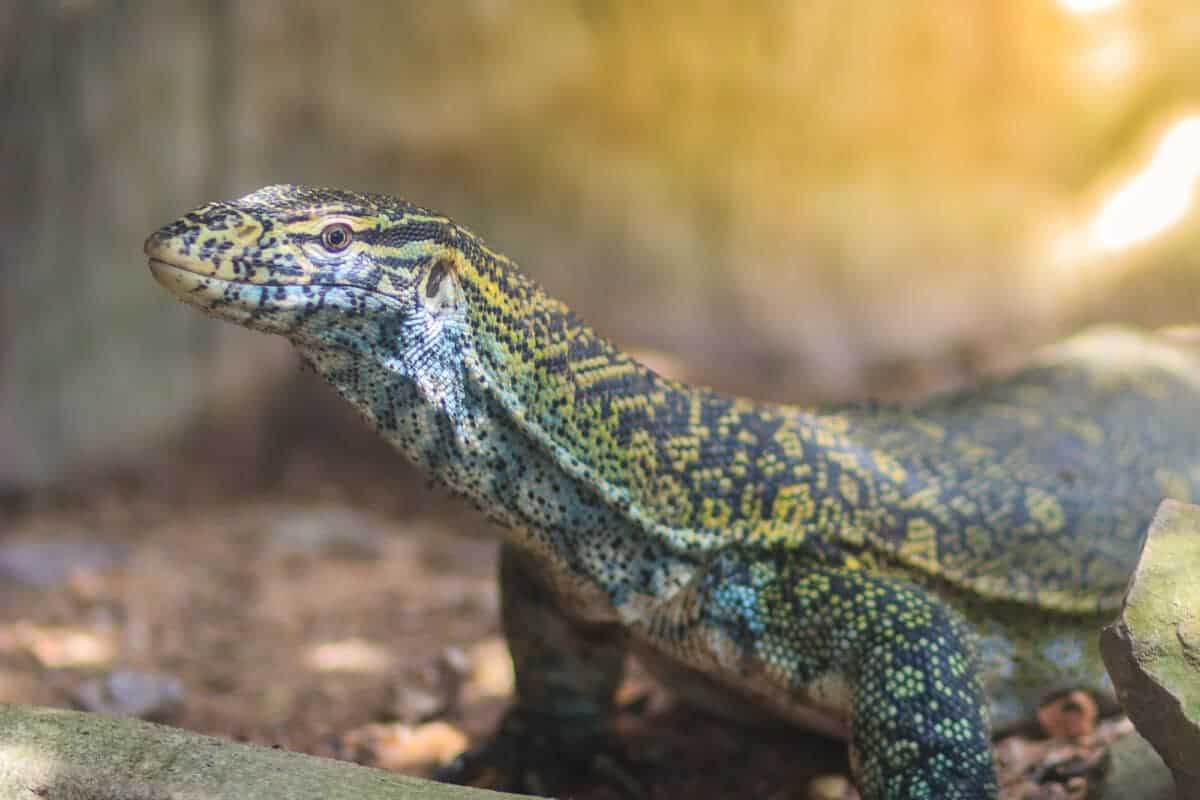
The Nile monitor (Varanus niloticus) represents one of Africa’s largest lizards now established in Florida’s canal systems. Growing up to 7 feet long, these semi-aquatic predators are excellent swimmers capable of holding their breath for extended periods. Since their first established population was confirmed in Cape Coral during the 1990s, they have spread to multiple counties, primarily utilizing the extensive canal systems that characterize much of developed Florida. These intelligent reptiles have a diverse diet including fish, birds, small mammals, and the eggs of turtles and alligators. Their impact on native wildlife is significant, with documented predation on burrowing owls, a species of special concern in Florida. Nile monitors are particularly concerning because of their physiological adaptability; they tolerate salt water, allowing them to disperse through estuarine environments, and can survive in a variety of habitats from urban areas to natural wetlands. Their excellent climbing, swimming, and burrowing abilities make them difficult to contain once established. Management is complicated by their wariness around humans and ability to quickly retreat to water when threatened. Despite removal efforts, established populations continue to persist and spread, highlighting the difficulty of eradicating highly mobile predators in Florida’s complex waterway systems.
Florida’s Unique Geography: Islands and Isolation

Florida’s geography creates unique vulnerabilities to invasive species. The peninsula is effectively an ecological island, connected to the mainland but with distinct subtropical ecosystems that share more similarities with Caribbean islands than with the rest of the continental United States. This island-like quality makes Florida’s ecosystems particularly susceptible to invasion, as island ecosystems worldwide have proven especially vulnerable to introduced species. The state’s natural boundaries—ocean on three sides and a different ecosystem type to the north—have historically limited the natural dispersal of species, resulting in unique native communities that evolved with fewer competitors and predators. Consequently, these native species often lack defenses against novel predators or competitive strategies against aggressive newcomers. Additionally, Florida’s extensive modification through development has created novel urban ecosystems with disturbed habitats that frequently favor opportunistic invasive species over native specialists. The state’s 7,700 lakes, 1,700 streams, 33,000 miles of canals, and extensive coastline provide connectivity that allows aquatic and semi-aquatic reptiles to disperse rapidly once established. This combination of island-like isolation in evolutionary terms but high connectivity in modern human-modified landscapes creates ideal conditions for invasive species establishment and spread.
Human Development Patterns and Habitat Alteration

Florida’s explosive population growth—from 5 million residents in 1960 to over 22 million today—has dramatically altered natural landscapes in ways that favor invasive reptiles. Development has created extensive edge habitats, fragmented natural areas, and introduced novel microhabitats like ornamental gardens and artificial water bodies. These disturbed environments often advantage generalist invasive species over specialist natives. Urban heat islands raise temperatures by 2-5°F above surrounding natural areas, providing thermal benefits to tropical species. Ornamental landscaping introduces non-native plants that some invasive reptiles recognize as food sources from their native ranges. Additionally, human infrastructure provides unintended habitat benefits: canal banks serve as nesting sites for iguanas, abandoned swimming pools become breeding sites for various species, and seawalls create basking habitat. Developed areas also typically have fewer native predators, reducing pressure on invasive populations. Perhaps most significantly, Florida’s extensive canal systems—over 2,000 miles of flood control channels and countless miles of residential waterways—create dispersal highways for aquatic and semi-aquatic reptiles, allowing them to rapidly colonize new areas. This pervasive habitat alteration has effectively created a human-modified ecosystem that, in many ways, better suits adaptable invasive reptiles than the specialized native species that evolved in Florida’s original landscapes.
The “Hurricane Effect” on Exotic Species

Florida’s vulnerability to hurricanes has created a unique pathway for exotic reptile introductions and population spread. Major storm events have repeatedly damaged exotic animal facilities, resulting in significant escapes. Hurricane Andrew in 1992 is widely credited with releasing numerous Burmese pythons when it destroyed a breeding facility in southern Miami-Dade County—though genetic studies suggest multiple introduction events have contributed to the current population. More recently, Hurricane Irma in 2017 damaged facilities housing various exotic species. Beyond these dramatic events, hurricanes create longer-term habitat conditions favorable to invasive species. Post-hurricane environments are characterized by disturbed vegetation, debris piles that provide shelter, and reduced native wildlife populations, creating ecological opportunities for resilient invaders. Flooding from hurricanes can also physically transport reptiles to new areas, as documented with Burmese pythons found on high ground following major storms. The psychological impact of hurricanes on pet owners facing evacuation decisions sometimes results in abandonment or intentional release of exotic pets. With climate models projecting increasing hurricane intensity in Florida, this pathway of introduction and spread will likely continue to contribute to the state’s invasive reptile problem. Management agencies now include exotic species response in post-hurricane planning, recognizing these storms as significant drivers of biological invasion.
Lack of Natural Predators: Unchecked Population Growth

A critical factor in the success of invasive reptiles in Florida is the absence of natural population controls. In their native ranges, species like Burmese pythons face predation from larger crocodilians and mammalian carnivores, while smaller lizards contend with specialized predators that co-evolved with them. In Florida, adult invasive reptiles often have few or no natural predators capable of controlling their populations. American alligators occasionally prey on smaller invasive reptiles but cannot effectively control their numbers, and larger species like adult Burmese pythons are virtually immune to predation. Disease also plays a different role; invasive reptiles may have left behind specialized pathogens from their native range (the “enemy release hypothesis”) while potentially carrying novel diseases harmful to native species. This advantage is magnified by the reproductive capacity of many invasive reptiles. For example, a single female Burmese python typically lays 50-100 eggs annually, female tegus produce 20-40 eggs, and green iguanas 20-70 eggs. With high survival rates due to reduced predation pressure, these reproductive rates lead to exponential population growth. Research from the University of Florida demonstrates that once established, invasive reptile populations in Florida typically expand until they reach carrying capacity based on food and habitat availability rather than being limited by predation or disease. This fundamental ecological advantage—freedom from natural population controls—makes long-term management particularly challenging.
Management Challenges: Why Control Efforts Struggle

Controlling Florida’s invasive reptiles presents formidable challenges that have limited the success of management efforts. Detection is extraordinarily difficult; even massive Burmese pythons become virtually invisible in dense vegetation, with researchers estimating detection rates below 1% in optimal conditions. Most invasive reptiles are cryptic, wary, and often nocturnal, making traditional survey methods ineffective. The scale of potential habitat is immense—the Everglades alone encompasses 1.5 million acres of largely inaccessible wetlands. Control methods face significant limitations; trapping works for some species but requires intensive effort, while toxicants must overcome concerns about impacts on native wildlife. Physical removal through hunting has removed thousands of pythons but barely impacts population growth. Genetic technologies like gene drives show promise but raise ecological and ethical questions. Compounding these challenges are jurisdictional complexities, with management responsibilities fragmented across federal, state, county, and municipal agencies with varying priorities and resources. Limited funding further constrains efforts; Florida’s annual budget for invasive species management represents a fraction of the estimated $500 million in annual economic damage caused by invasives. Public perception presents another hurdle, with animal welfare concerns sometimes conflicting with ecological imperatives. The combination of these factors explains why, despite concerted efforts, no established invasive reptile population has been successfully eradicated from Florida, and ecological researchers increasingly focus on containment and impact mitigation rather than elimination.
Emerging Research and Innovative Solutions
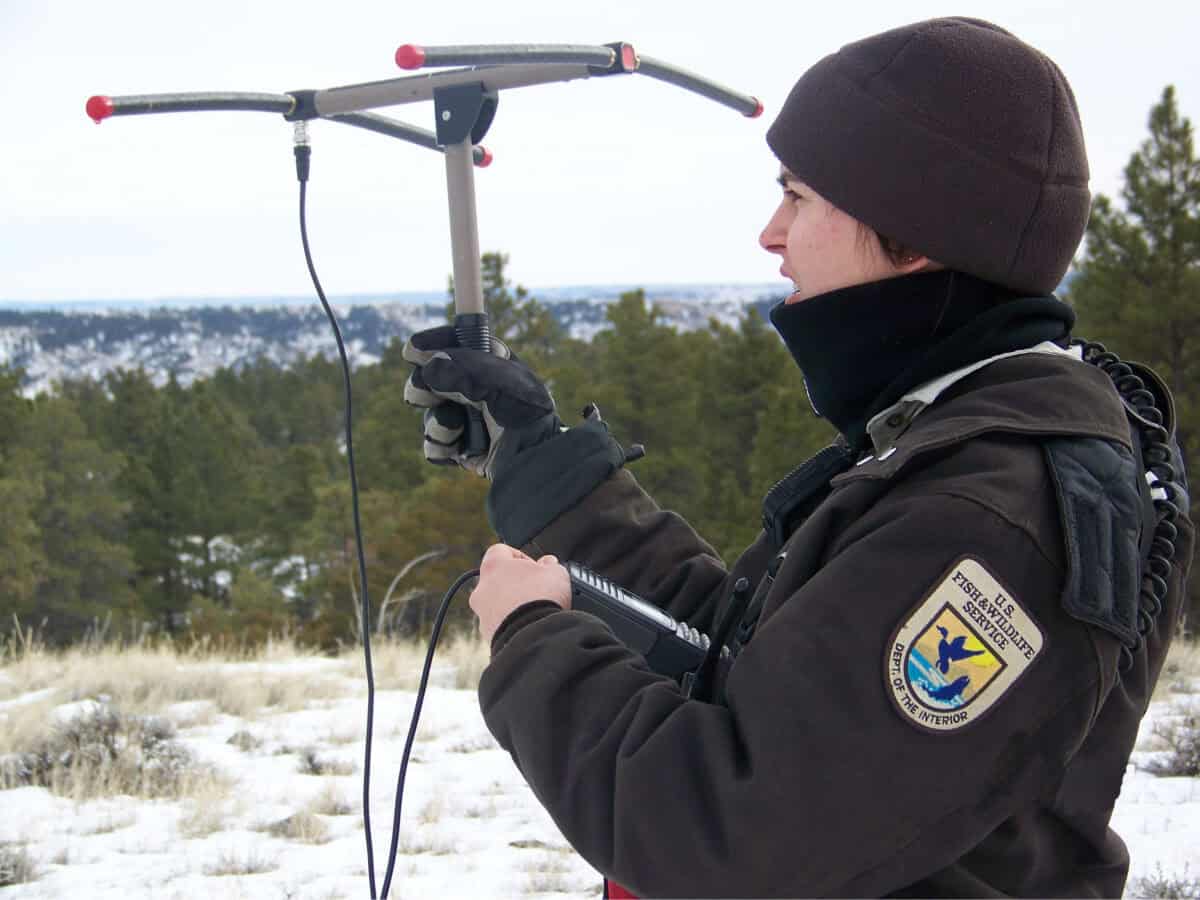
Despite the formidable challenges, researchers and wildlife managers are developing innovative approaches to address Florida’s invasive reptile crisis. Radio telemetry has been used to create “Judas snakes”—tracked Burmese pythons that lead researchers to breeding aggregations, resulting in the removal of hundreds of pythons. Environmental DNA (eDNA) techniques now allow detection of invasive species from water samples, helping identify newly colonized areas before populations become established. The University of Florida’s “detector dogs” program has trained canines to locate specific invasive reptiles with remarkable accuracy, particularly useful for finding Burmese python nests. Genetic research is exploring the potential for CRISPR gene editing to create “daughterless technology,” which would produce only male offspring, potentially leading to population collapse. Thermal sensing from drones and aircraft is being refined to detect invasive reptiles basking or nesting, with aerial surveys successfully identifying iguanas and tegus in urban areas. Citizen science initiatives like the “IveGot1” app and FWC’s Exotic Pet Amnesty Program engage the public in reporting sightings and surrendering unwanted exotic pets. Habitat manipulation strategies are being tested, such as altering water levels in specific areas to stress invasive species while benefiting natives. While no single approach offers a complete solution, this multifaceted research portfolio represents a sophisticated response to one of the most complex biological invasions in North America, with techniques developed in Florida now informing invasive species management globally.
Florida’s struggle with invasive reptiles represents one of the most significant biological invasions in North American history, transforming ecosystems and challenging our understanding of biological management. The perfect storm of climate suitability, constant introduction pressure, altered landscapes, and ecological vulnerability has created a situation where multiple non-native reptiles have established self-sustaining populations that now appear to be permanent features of Florida’s environment. The ecological and economic impacts continue to mount, from decimated mammal populations in the Everglades to millions in infrastructure damage in urban areas. While management efforts have become increasingly sophisticated, employing everything from traditional trapping to cutting-edge genetic technologies, complete eradication of established species seems unlikely. Instead, Florida has become an unwitting laboratory for understanding novel ecosystems—recombined assemblages of native and non-native species interacting in human-modified landscapes. The lessons learned here about prevention, early detection, and adaptive management will be increasingly valuable worldwide as globalization and climate change accelerate biological invasions on every continent. Florida’s invasive reptile challenge serves as both cautionary tale and innovative testing ground for one of the defining conservation issues of our time.
- Why Florida Is a Hotspot for Invasive Reptiles - August 9, 2025
- 10 Dog Breeds That Are Stronger Than They Look - August 9, 2025
- 15 Signs Your Horse Is Struggling with Extreme Weather - August 9, 2025

